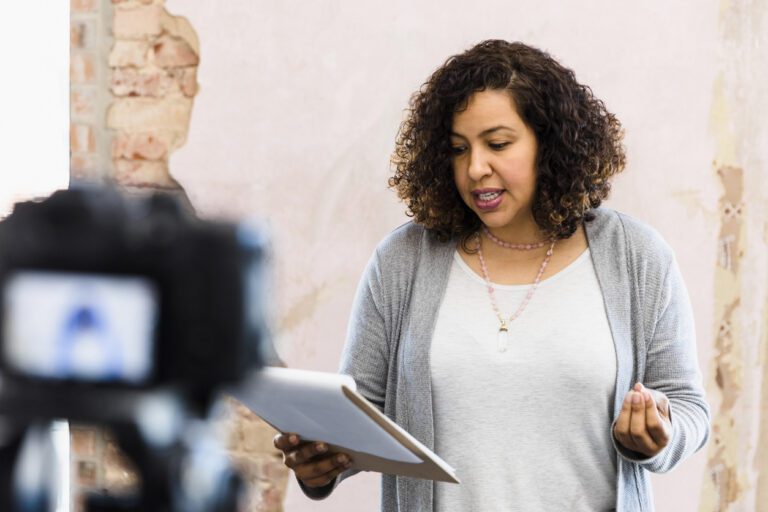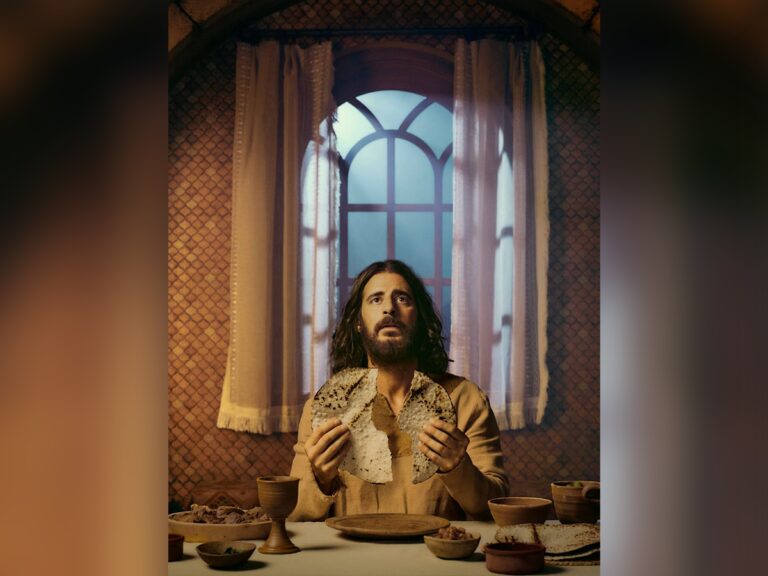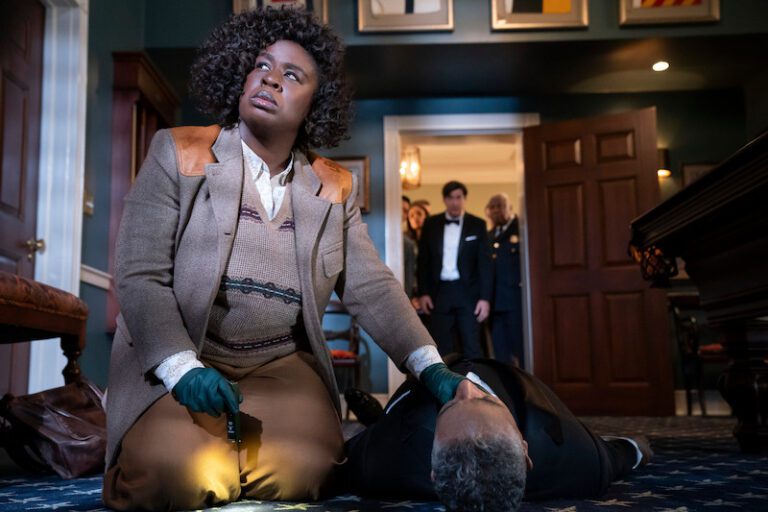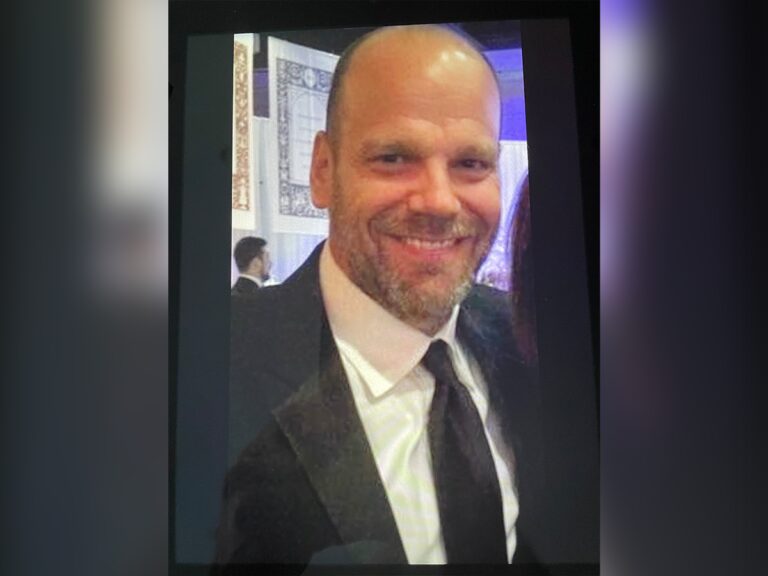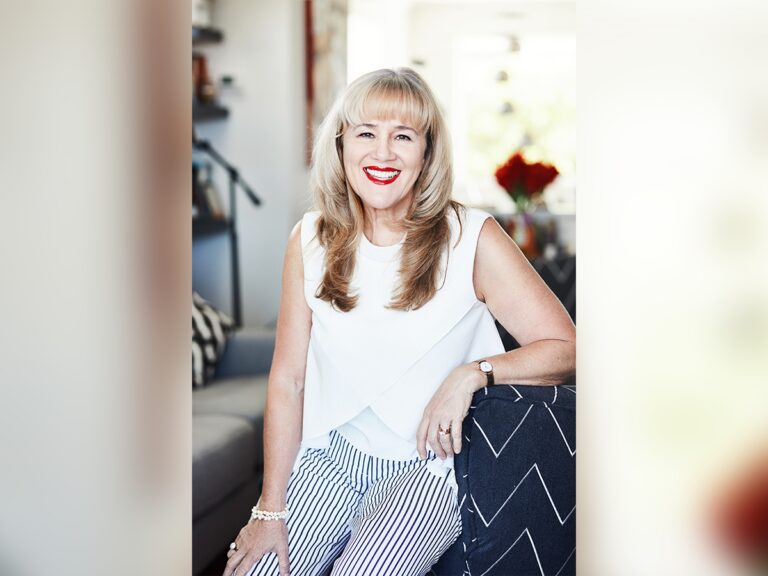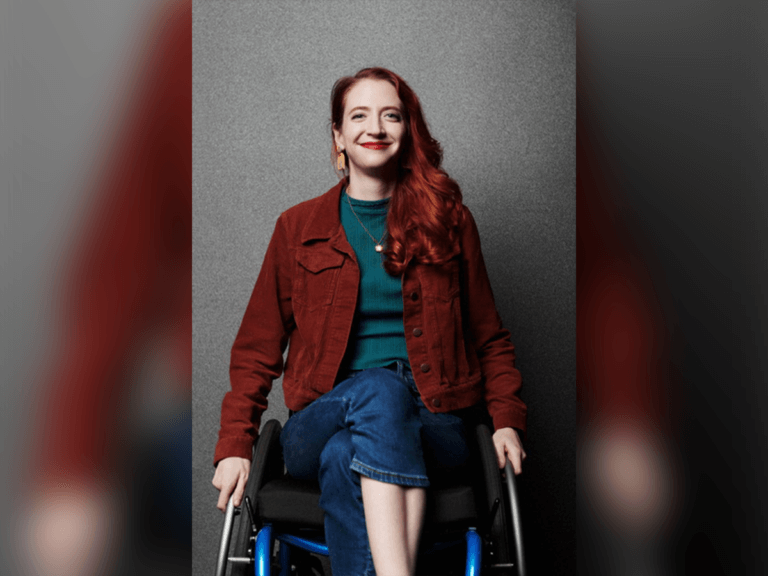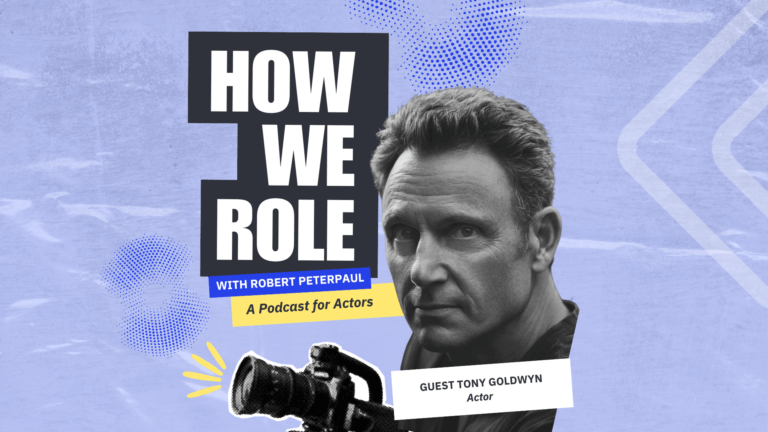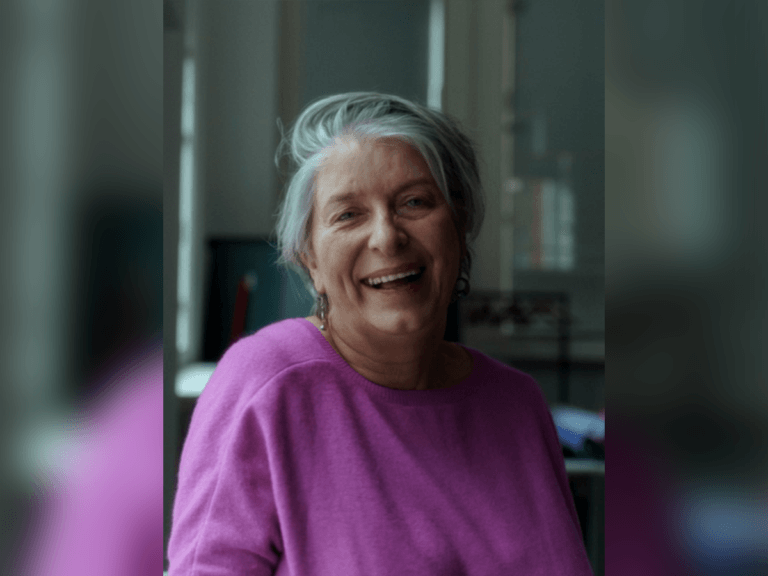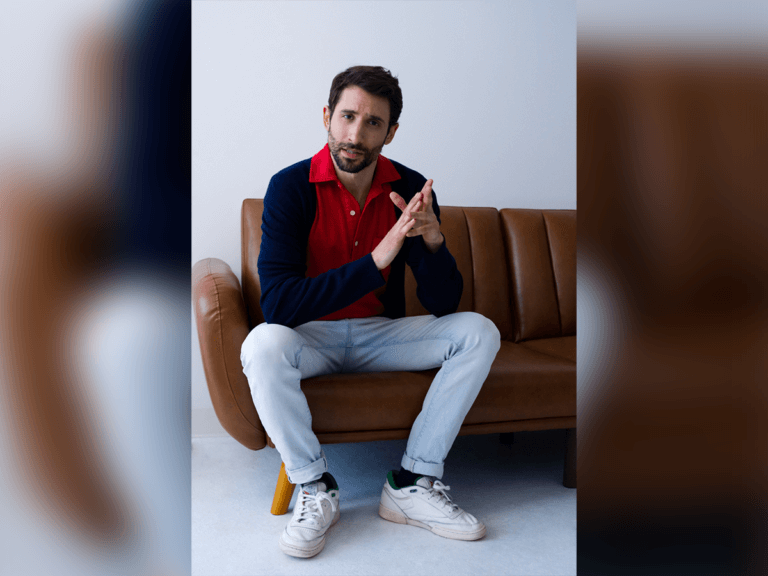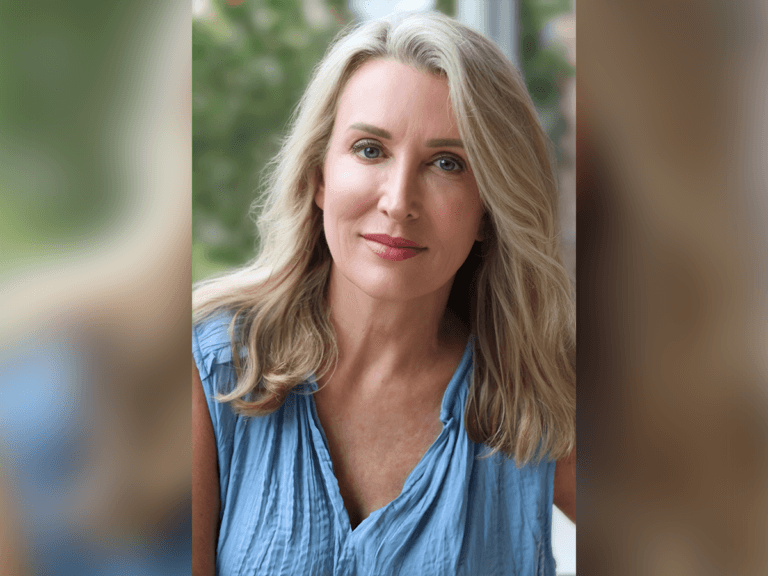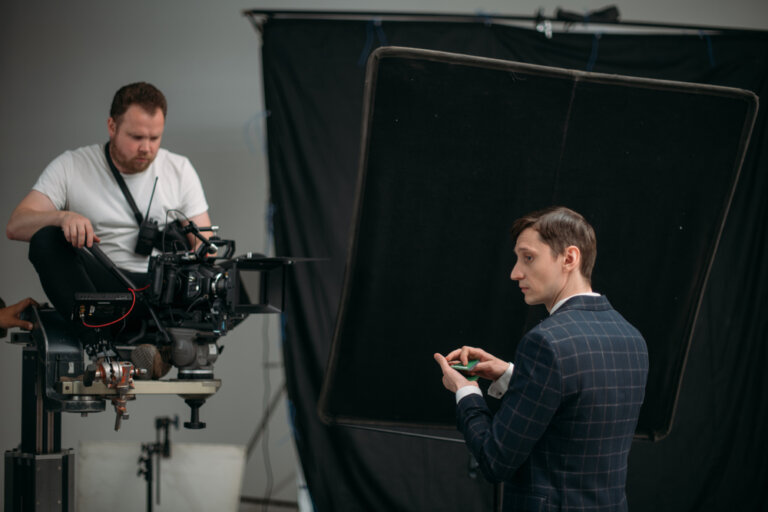Finnian Tweed has been on a bit of a run lately. The British casting director just cast the hit sequel Den of Thieves 2: Pantera, and now, he’s got another big hit on his hands with the Jason Statham vehicle A Working Man, from director David Ayer.
The film, also starring David Harbour, Michael Peña and a large cast of up-and-coming European actors, follows a former government operative turned construction worker who returns to his badass ways to find a missing girl. It is now in theaters everywhere. Tweed spoke to us about casting the project from his office in London.
Insights: Lessons from Finnian Tweed
- Remember that there’s no such thing as a small role.
- Bring the story to life in the most authentic way possible.
- Be willing to collaborate and prepared to leave your ego at the door.
Thinking about joining Casting Networks? Sign up for a free trial today!
This is the second time we’re talking. Before we start, I want to mention something you said offline about the experience of discussing projects after the fact.
It’s such a surreal thing in film casting when you’ve worked on something that finished a year ago and then you’re asked to talk about it. You have to get your head back into that process and what it was like. It’s quite a nice feeling because it reminds you of the experience you’ve had, which in this case was great.
How did you get on the project in the first place? This is the first time you’ve worked with David Ayer, right?
It is the first time I’ve worked with him. The project came through John Papsidera again. It was a similar thing to Den of Thieves. John headed up the American casting, but the majority of the cast came out of the UK and the EU, which I headed up. It was amazing working with John again. It’s the third or fourth time, and he gave me a lot of trust to work with David to find what we needed on this side of the pond, which is just such a lovely way of working, to put it simply.
What’s David’s process like?
He also had a lot of faith in me, which makes it a much more enjoyable process, because you can then just get on with what you do. He tended to only really respond to the people he was interested in, so if I’d send him some tapes, there wasn’t necessarily a huge amount of debate. It was just, “Yeah, that’s the one. That one there.”
When you’re working with the director for the first time, you’re not only trying to get into the world of the film and the story, but you’re also trying to get into the head of the director if you haven’t worked with them before, to get a sense of their taste and what they’re gonna respond to and what they’re not gonna respond to.
There’s a great advantage to coming onto a project where the star is already attached.
You get straight into the nuts and bolts of the casting rather than having a year-long attachment process where you’re trying to get it financed because you’re waiting for an actor to become available or who wants to do it. In this case, having a megastar like Jason attached already allows me to deliver quite quickly and take that to the agents.
People want to be involved, and with David as well. I don’t think I had any scenarios where I was checking an actor’s avail and they said they didn’t want to do it. Some of the bigger supporting roles, I mean, you’d have to be kind of crazy, wouldn’t you? To not want to do a Jason Statham movie? (Laughs)
What was it about this project that was so good?
There was just a nice energy about it. A collaborative feel. Everyone was on board with David’s vision, and there wasn’t a single role that we didn’t have to get forensically right — even the smaller ones.
That’s my approach to casting anyway, that there’s no such thing as a small role. If anything, if you mess up the small roles, it shows. Also, you’ve got these incredibly vibrant, interesting characters on the page. From my perspective, you’re thinking, “Okay, we need really interesting actors to play these roles and be able to carry these micro-stories within the overall arc of the film.” If you think of it like a painting, you want a mirage of detail, variety and uniqueness that certain actors bring.
The word you have used before is “alchemy.”
Yes! There’s an alchemy with casting. When I’m at a dinner party and let’s say I’m sitting next to somebody who doesn’t work in the industry and doesn’t understand how casting works, that word is quite useful to summarize what it’s like.
There’s a magic to it, in getting the cake to bake, even though you’re creating the recipe while you’re making it. In that respect, sometimes the roles that come at the end can be the hardest ones because you’re trying to get them to slot into an ensemble that has already been together. Maybe it’s the last two roles that take three weeks. (Laughs)
Throw in the variety of this cast …
Right. If you look at this cast list, you can see that everyone is very different and brings something different whether that’s their nationality, the way they look or the way they sound. That’s the other benefit of working on a movie like this, is you also find actors that you didn’t know about before. When you start having those conversations with the agents, you unearth this whole body of talent that you didn’t know was out there.
And yet, when we talked last time, you spoke about how part of your strength is your knowledge of European actors, being able to find those diamonds in the rough. I would imagine that must have come in quite handy this time around if that’s what you were looking for specifically.
It did and it didn’t. We’ve got Scandinavian-based actors and Russian-based actors. A lot of research went into locating them. Also, if you’re hiring actors in the EU and you’re shooting in the UK, you’ve got to get them here.
It’s not just about looking at where people are from and what they sound like; it’s also creating an ensemble that you know is going to support your lead and bring the story to life in the most authentic way possible. Finding actors who want to collaborate and want to not only work with someone as amazing as David, but who are prepared to leave their ego at the door and bring that truth to the world that you’re creating.
My instinct would be that you have a David Ayer film with Jason Statham, so the sheer number of submissions you’re getting from European talent would be enough to make it an easy job to cast. But it sounds to me like it was the opposite, that the roles were so specific that you started to have to find needles in haystacks.
Yes. It’s all very well getting 4,000 suggestions for a role, but if 3,960 of those suggestions are wrong, you still have to go through every one and do the work to look at those suggestions to find what you’re looking for.
That’s just the challenge posed with casting any people where you’ve got a big director like David attached. You’re going to get volume, and you’re also going to get volume of actors who aren’t necessarily right. The key is finding the ones who are.
The policy that I apply across the board with anything I’m casting is to only send tapes to the director that I think feasibly have a good chance of actually getting the role. There’s no point overwhelming a director with 50 tapes that only feel vaguely right. It’s better to send five or six because it saves so much time.
The other thing you said at the beginning of this was it was nice to go back to relive the positive experience of this. It also sounds from this conversation that this was enormously challenging. What I take from that — using my basic logic skills — is that the more complex the project, the more fun you’re having. Is that true?
Absolutely, which pays dividends. When you have a challenge like this if you can take it on, the dividends are enormous and you can never settle on your laurels.
As with most of these experiences, it gets you prepared for the next one of these you have to do.
It toughens you up. I think when you’re working at that level — where the bar is high and you have to bring your A-game and all cylinders have to fire — you feel completely valued and appreciated and seen.
I consider myself extremely lucky to have worked with David. We had an interesting relationship, in that David wouldn’t say very much, but I could tell what he was thinking. We just got on very well, and it’s a nice feeling when you have that relationship with a director because if a director is making it too easy, you can easily go the other way where you question yourself. If you’re getting lots of, “We’re not there yet,” then you keep looking, and when you’ve found your guy for the role, you know it’s right.
You may also like:
